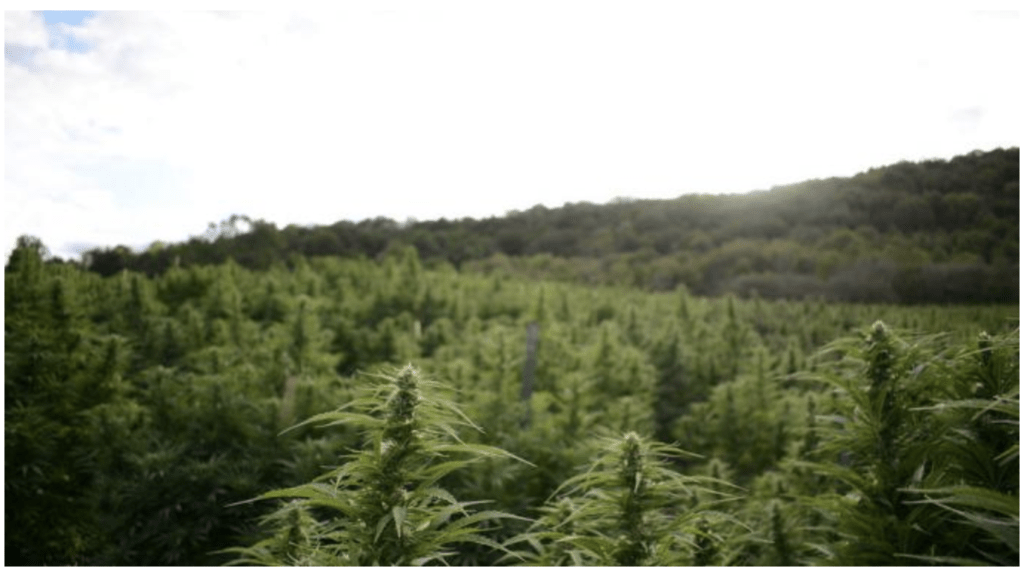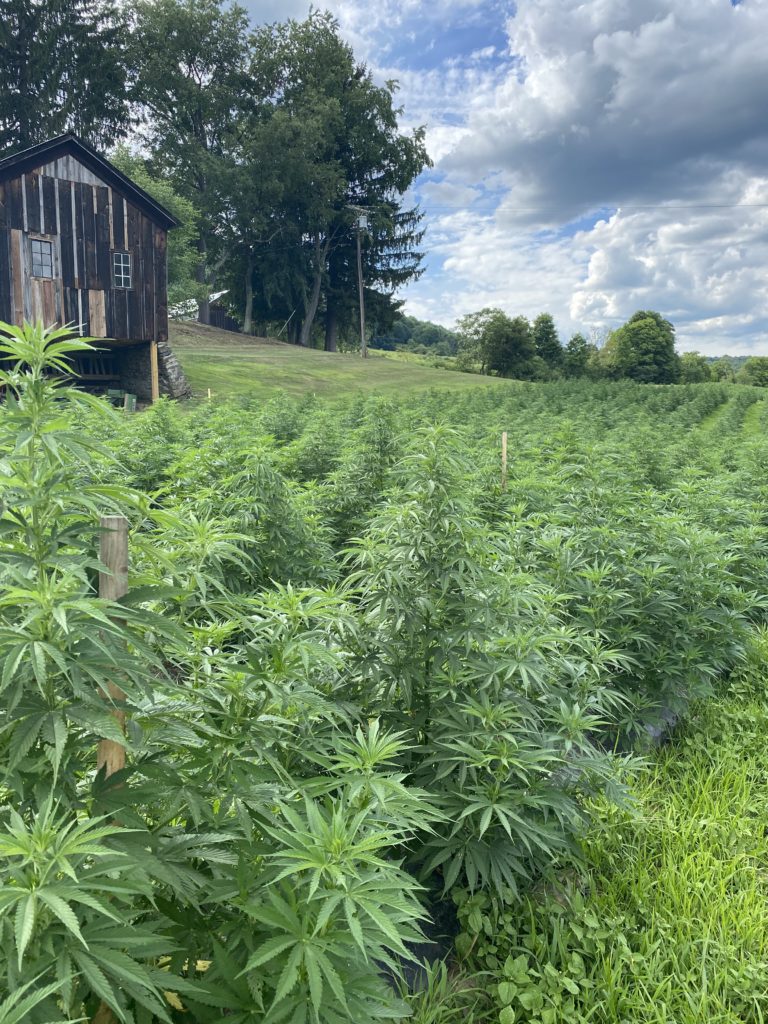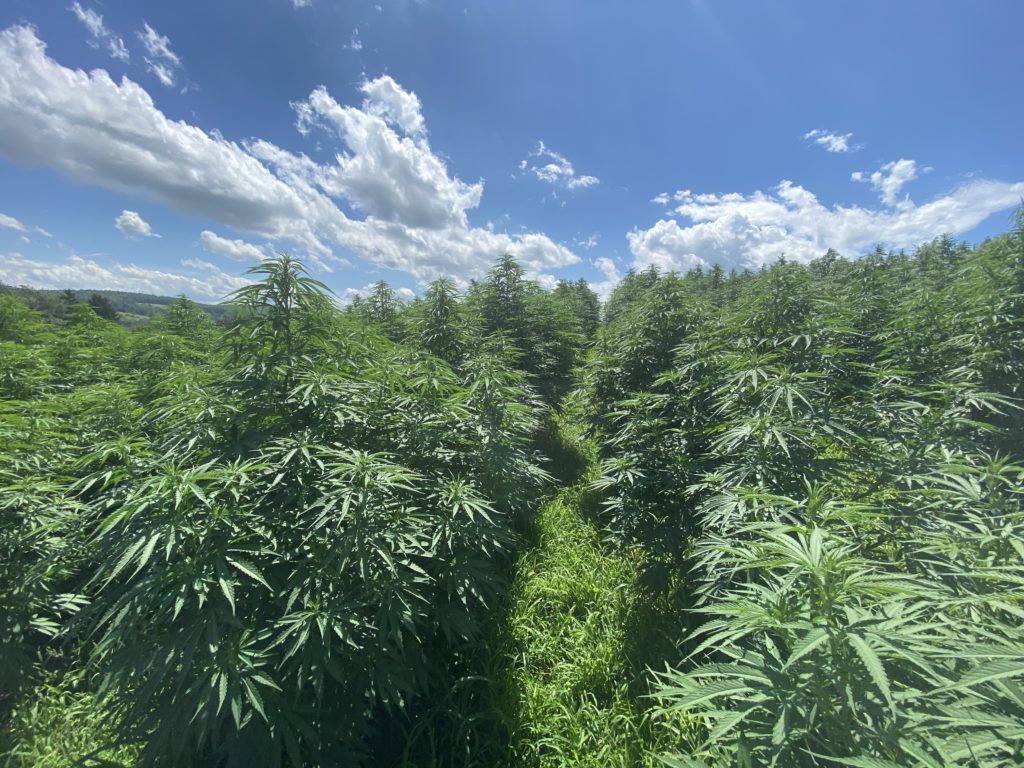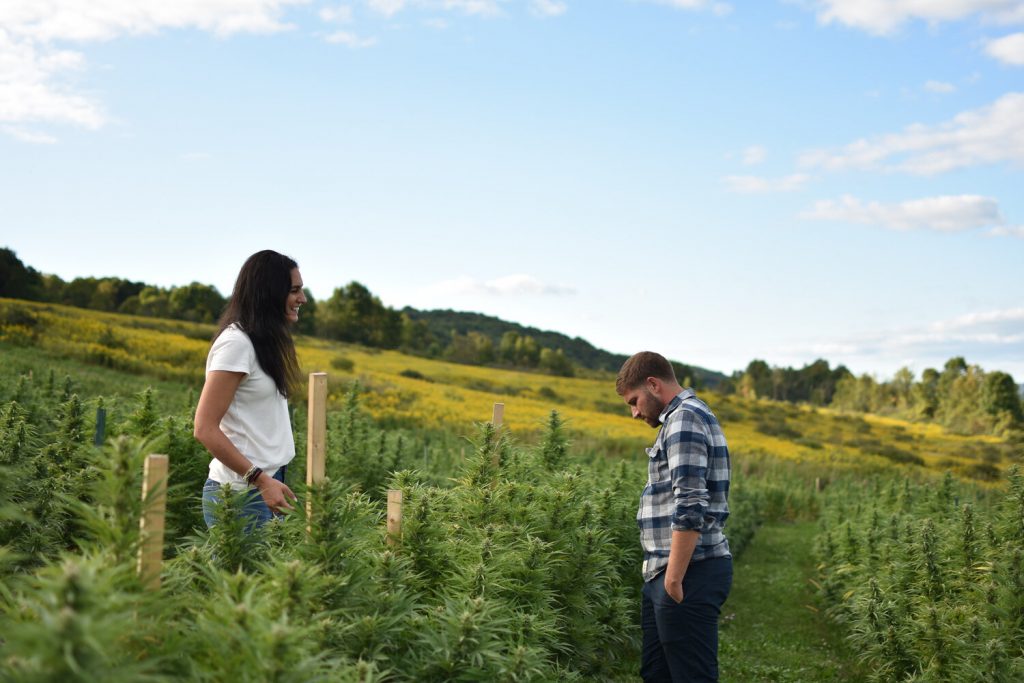A Brief History of Hemp as Medicine
By Dr. Rachel Knox
The word “ancient” is used when describing something belonging to or spanning from the very distant past. But it’s not only a term of relativity; it’s one ascribing an ethos of wisdom to whatever it describes. So, it’s quite understandable why today, against the backdrop of western medical hubris and folly, ancient healing practices are making a contemporary comeback.

Don’t get me wrong, Western medicine has its essential place in acute, surgical, and stabilizing care. Over the past century, though, it has usurped the realm of healing care. For many, the present-day belief that the medical system is here to make us healthy has begun to wane. Despite amazing scientific and technological advancements in medicine, people are getting sicker rather than healthier. So, perhaps it’s desperation or, as I prefer to understand it, an awakening of a deep (and ancient) knowing that is driving people to reconsider (or consider for the first time) nature as medicine. This couldn’t be more true than in the case of cannabis.
Historical Use of Hemp and Cannabis
Upon thorough examination, the consideration of the use of cannabis as medicine is a valid one. For over 10,000 years, cannabis played a significant role in the history of agricultural, spiritual, and medicinal practices. It’s believed to have been first discovered in Asia, but appears to have followed traditional trading routes to establish a remarkable global presence. The plant is a prominent feature in the pharmacopeias (books listing medicines, their effects, and the directions for their use) of both ancient and modern civilizations.
Cannabis as medicine appeared in the west during the mid-19th century. By the peak of its use in the early 20th century, it was one of the three most commonly prescribed remedies by medical doctors. Cannabis was usually prepared as tinctures or infused oils and then prescribed for all sorts of ailments from headaches to alcohol withdrawal. You’ll find that many are surprised to learn that cannabis cigarettes were also available for the treatment of asthma and other respiratory conditions.

Due to its wide array of uses and broad safety profiles, cannabis was a staple in the doctor’s medicine cabinet. Over time this plant became both the target of a smear campaign to dismiss and pervert its role and value, and a tool to demonize, marginalize, and criminalize Black Americans, Mexican immigrants, and the otherwise “degenerate.” Playing on the racist sentiments of the time, idealogues and industrialists were able to mount significant public and government support around the effective prohibition of all cannabis (i.e., agricultural hemp, medical cannabis, and “marihuana”) in order to protect and preserve their petrochemical, textile, pharmaceutical, and paper enterprises from their biggest threat – the many industrial uses of hemp.
Criminalizing the Plant
Several U.S. states had already begun criminalizing public intoxication from cannabis use by this time, but with the Marihuana Tax Act of 1937, the cultivation, processing, distribution, prescription, sale, and possession of all forms of cannabis became illegal without first obtaining a tax stamp. To this day, the federal government never issued a single one. But the biggest blow against cannabis came under the premise that cannabis was an intoxicant and menace to society. As a result, it was included in the 1970 Controlled Substances Act as a Schedule I drug along with heroin, LSD, and magic mushrooms. This is not relegated cannabis as an addictive substance with a high potential of abuse and no accepted medicinal value. But as a de facto means to attack and marginalize Black and brown communities by criminalizing the plant’s use. Which includes the over enforcing marijuana laws in these communities.

The Discovery of the Endocannabinoid System
Little did many know that just a few years earlier in 1963, the U.S. government paid Israeli organic chemist, Raphael Mechoulam, to research cannabis. It was his identification of the molecular structures of CBD, THC, and CBG that led to the discovery of the human endocannabinoid system (ECS) almost thirty years later. With ongoing, relatively covert research, we now have a more complete understanding of how CBD and other cannabinoids interact with the ECS, and how the ECS controls many physiological effects throughout the human body.

Prohibition might have stifled broad-ranging medical research on cannabis and CBD. However, this didn’t prevent the Department of Health and Human Services from applying for US Patent 6630507 in 1999. This patent describes cannabinoids as antioxidants and neuroprotectants useful in the treatment and prevention of a wide variety of diseases. These issues can include ischemia, aging, inflammatory and autoimmune disease, stroke, Alzheimer’s, Parkinson’s, and more. It didn’t stop the Food and Drug Administration’s 2018 approval of Epidiolex® as a Schedule 5 controlled substance acknowledging its proven medical use, low potential for abuse, and absence of THC. Please note that as of 2020, Epidiolex® has been removed entirely from the Controlled Substances Act making it an unscheduled drug. This hasn’t stopped the legalization of medical marijuana in states where patients have fought for their right to choose cannabis as medicine – that ancient knowing.
Click here to view all the products that are on sale!
The Fight for Understanding and Access Continues
Fortunately for us all, 2018 also ushered in the legalization of hemp through the Farm Bill, removing cannabis with no more than 0.3% THC from the controlled substances act, and legalizing the use of CBD (and minor cannabinoids, e.g., CBGA, CBG, CBDA, CBC, THCV, etc.) at the federal level. The FDA continues to grapple with how it will regulate the hemp and CBD industries. Hopefully, this will provide us a legal avenue through which we can exercise our wisdom. This gives us access to an ancient healing practice that we’ve been deprived of for far too long.



 The Steady Supply
The Steady Supply

 Personalized Vibes
Personalized Vibes
